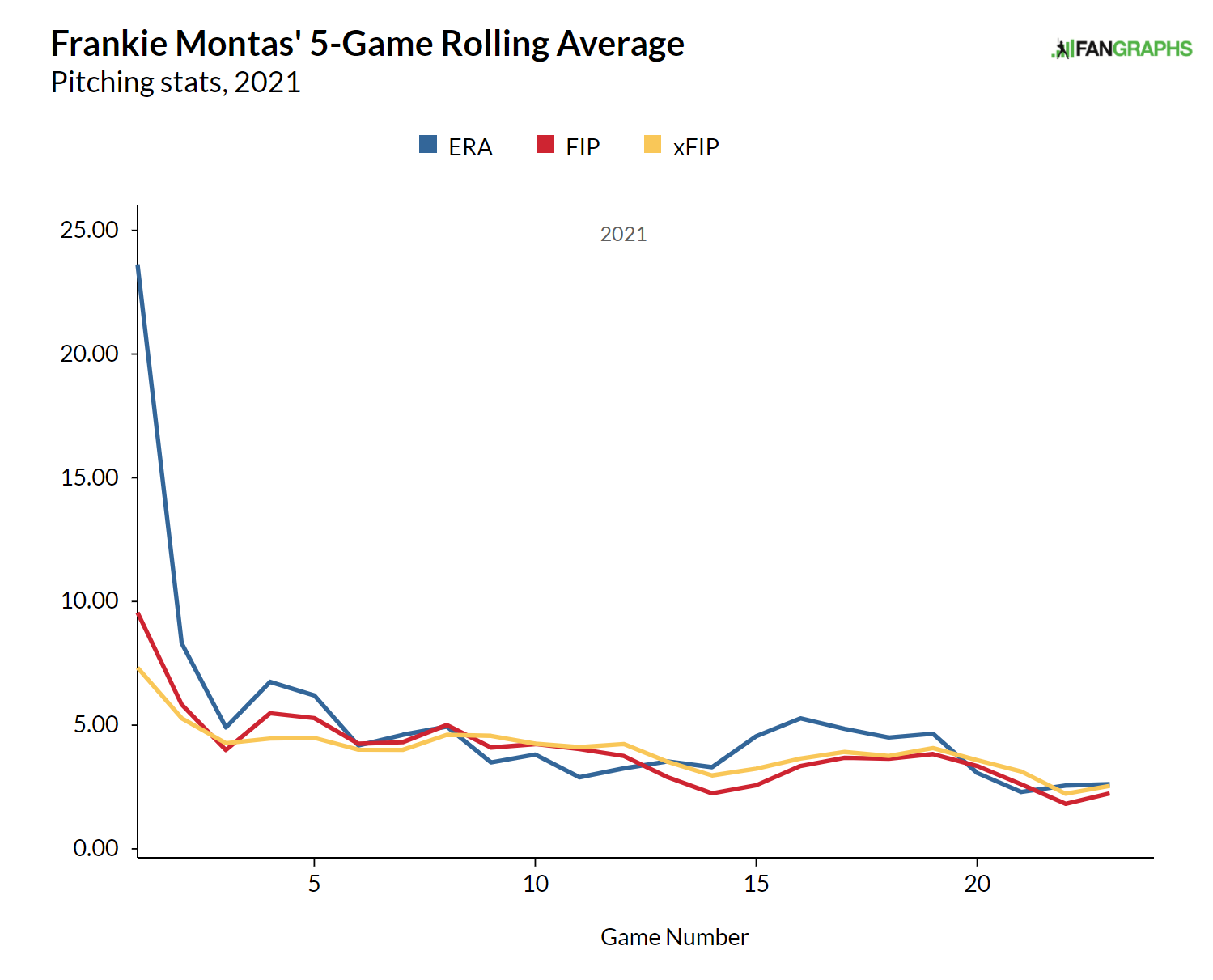A Playoff Pitching Primer
The playoffs feature the best teams, with the best hitters squaring off against the pitchers with the best stuff. The stakes and the quality of the competition force teams to respond to fluctuations in leverage more quickly than they would in the regular season. This response makes sense: every change in win probability has an outsized effect on championship probability, so major league clubs act accordingly.
In his dissection of Kevin Cash’s decision to pull Blake Snell in the sixth inning of Game Six of the 2020 World Series, Ben Lindbergh pointed out that starting pitchers leave playoff games earlier than regular season contests, with relief pitchers now throwing the majority of playoff innings. Lindbergh also noted that more playoff starters threw 3 1/3 innings or fewer in 2020 than went at least six, a product of teams’ acceptance of the third time through the order penalty. The third time through the order penalty is real, especially for starters who lack deep repertoires. Removing starters after they turn the lineup over once or twice in favor of a high-octane bullpen arm throwing 97 mph with a slider gives the pitching team a better chance of recording an out in situations where the outcome of the game hangs in the balance.
With starters aware that they are on a short leash and likely won’t see a hitter more than once or twice, I figured it was worth looking at how pitch usage changes in the postseason. I pulled every pitcher who threw at least 50 pitches in both the regular season and the playoffs from 2015-20. I calculated each pitcher’s pitch usage in the regular season and playoffs separately and took the differences in pitch usage for each pitch. My hypothesis was that hurlers who feature a bevy of different pitches would lean more on their more trusted offerings knowing they likely won’t be asked to go deep into the game and will be pulled at the first sign of any trouble. Similarly, I thought that pitchers who employ a limited arsenal would trust their favorite pitch with the increased pressure of getting their clubs back to the dugout without allowing runs. Read the rest of this entry »


